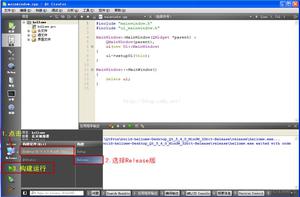python中浮点数使用int()的问题

int()描述如下:
int(x=0) -> int or longint(x, base=10) -> int or long
Convert a number or string to an integer, or return 0 if no arguments
are given. If x is floating point, the conversion truncates towards
zero. If x is outside the integer range, the function returns a long
instead.
If x is not a number or if base is given, then x must be a string or
Unicode object representing an integer literal in the given base. The
literal can be preceded by '+' or '-' and be surrounded by whitespace.
The base defaults to 10. Valid bases are 0 and 2-36. Base 0 means to
interpret the base from the string as an integer literal.
上述提出如果是浮点数,就截去小数。为什么我截图的这个例子结果跟我想象的不一样呢?
谢谢大家帮我解答!
回答:
Cpython中的Float底层是靠double (64 bit)来实现的.
根据IEEE 754的标准,double就52位的mantissa,所以你那N多9超过了能无损代表的整数范围了。
下面是临街点,正整数里比2 ** 53小的都没问题
>>> 2 ** 539007199254740992
>>> int(9007199254740992.1)
9007199254740992
>>> int(9007199254740993.1)
9007199254740994
以上是 python中浮点数使用int()的问题 的全部内容, 来源链接: utcz.com/a/161846.html






